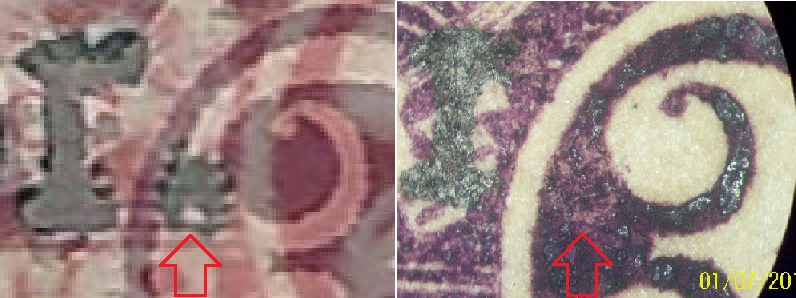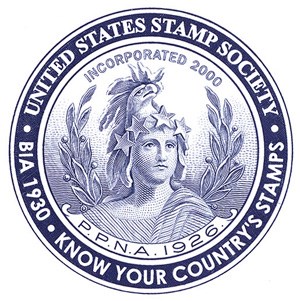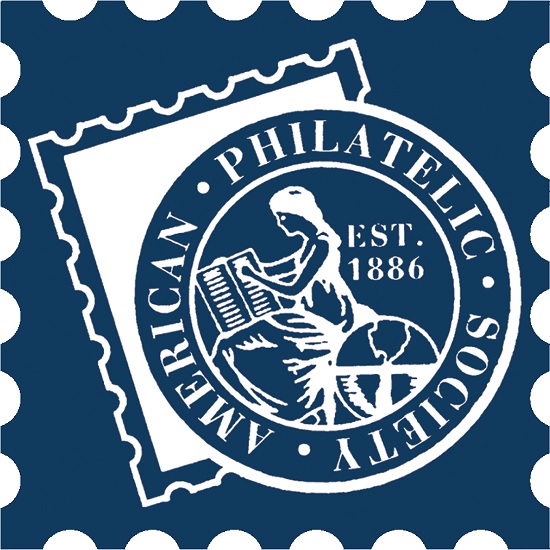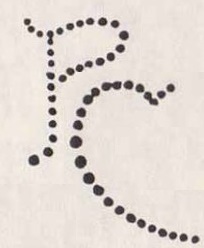Riverside Stamps

Return to Home Page or Altered and Faked stamps Index Page
|
The contents of
this website is copyright protected. Any suggestions for additions or changes are always welcome. |
Suspect Scott #672 Unused Single, Possible No Period Variety.

This would be a rare variety ranking right up there with the #669b no period variety. This variety is not mentioned in the Scott Specialized Catalogue of US Stamps & Covers (2017). Iíve only seen two examples of this variety that were for sale on Ebay and one had a certificate from the A.P.S. stating it was genuine and the other had a certificate from the P.F. stating it was genuine. A search of the Philatelic Foundation certificate database returned 50 certificates, all genuine and none showing a missing period. If memory serves me I believe Iíve read somewhere that this is not a true plate variety like the #669b because it does not show up in the same place on every sheet and is more likely caused by poor inking.
I've been trying to formulate a systematic procedure for determining if a suspect overprinted stamp is genuine or not. I've determined that there are four areas to look at that at a minimum will determine if a suspect overprinted stamp is genuine or not whether it's used or unused. A problem with any of the following five steps would be grounds to say that a suspect overprinted stamp is a fake.
- Check the perforations: Genuine overprints were only applied to the perf 11X10 1/2 issues. You'd be surprised how many fakes I've seen on perf 11X11 or 10X10 stamps.
- Check the gum breakers: Without exception all genuine unused Nebr./Kans. overprints have gum breakers that are spaced 22mm (Type II) apart which means that there will only be one gum breaker on the back unless the breakers are at the very top and very bottom perforations of the stamp. Any suspect overprint stamp found with more than one gum breaker can be considered a fake.
- Check the suspect overprint against a known genuine overprint. The best way of doing this test is to use imaging software to overlay a slightly transparent image of the suspect overprint on top of the known genuine overprint. with this method the size, spacing and shape of the suspect overprint can be compared directly to the known good overprint.
- Check the back to see if the overprint comes through: Genuine overprints were applied using a surface printing method of electrotype which only leaves ink on the surface of the stamp. a fake done with a typewriter would depress the surface which would leave corresponding bumps on the back of the stamp.
- Check the color of the suspect against the color of a known genuine overprinted stamp: This would be a method of last resort since the color of the suspect may have been altered due to natural causes or the colors of the genuine stamps may not be exact. In most cases a fake will be found long before the need to check the color.
What is the perforation gauge of the two sides?
- The suspect gauges out to the correct 11 X 10 1/2.
If used are any gum breakers present?
- There is one gum breaker present and the gum does show vertical striations.
Compare the suspect overprint with a known genuine overprint.
- The image below shows the suspects overprint overlaid on a certified genuine overprint. The suspects overprint has been inverted to contrast with the genuine overprint.
As can be seen the suspects overprint is a good match with the genuine in size, shape and font. The suspects overprint has missing bits on all of the letters as well as the period is missing.
A closer look at the area where the period should be revealed a round spot that is a little bit lighter in color than the surrounding purple.
If the above image is placed next to a close up of the same area showing the suspect overprint overlaid on a genuine overprint it becomes obvious that the light spot is in the same spot as where the period should be.

Conclusion: In my opinion the suspect overprint is genuine but the period has been scrapped away in order to fake the no period variety.
As always comments and suggestions are always welcome.
To Contact Riverside Stamps:
Email:
Mike Girard - Owner / Operator / Web Master:
g1rardmn1099@comcast.net
|
I am a member of the American Philatelic Society
|
I am a member of the United States Stamp Society  USSS #: 16733 Visit the United States Stamp Society Website at www.usstamps.org |
I am a member of the Perfins Club
|

